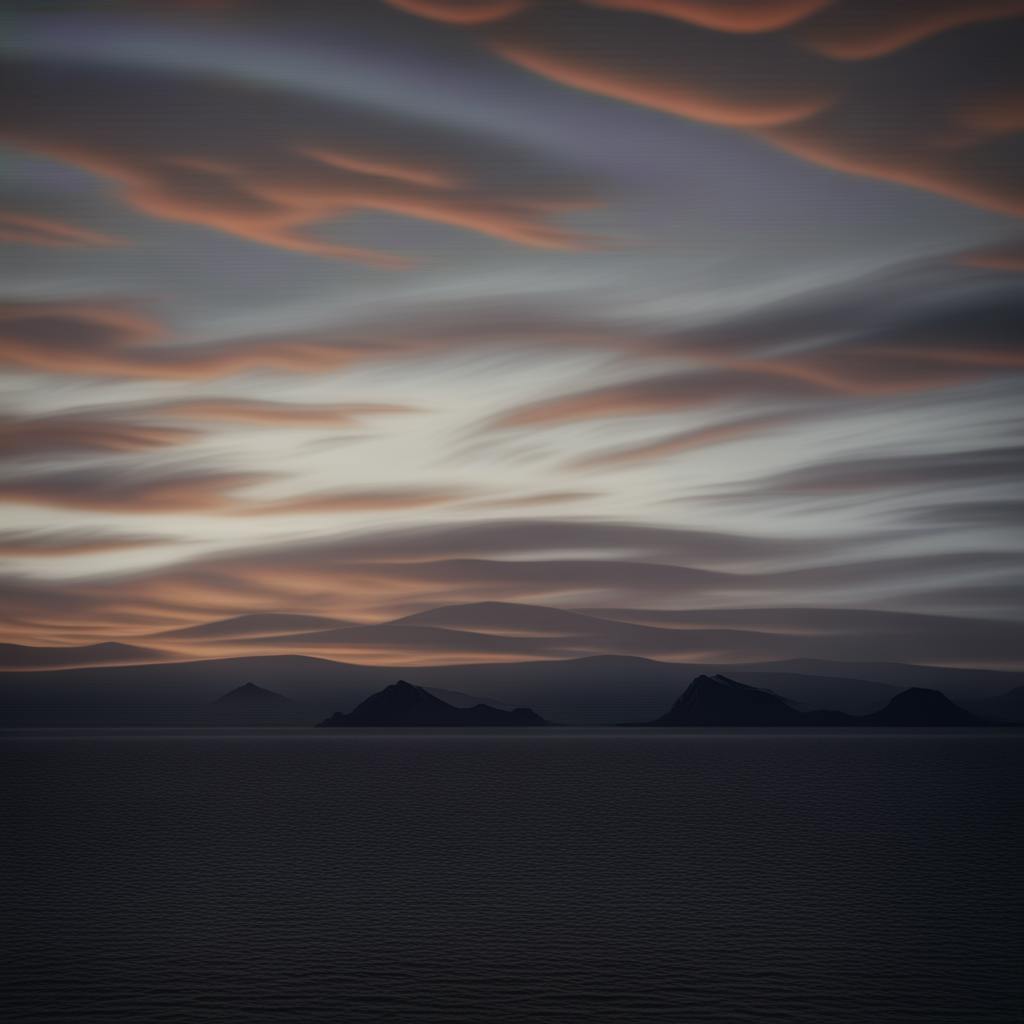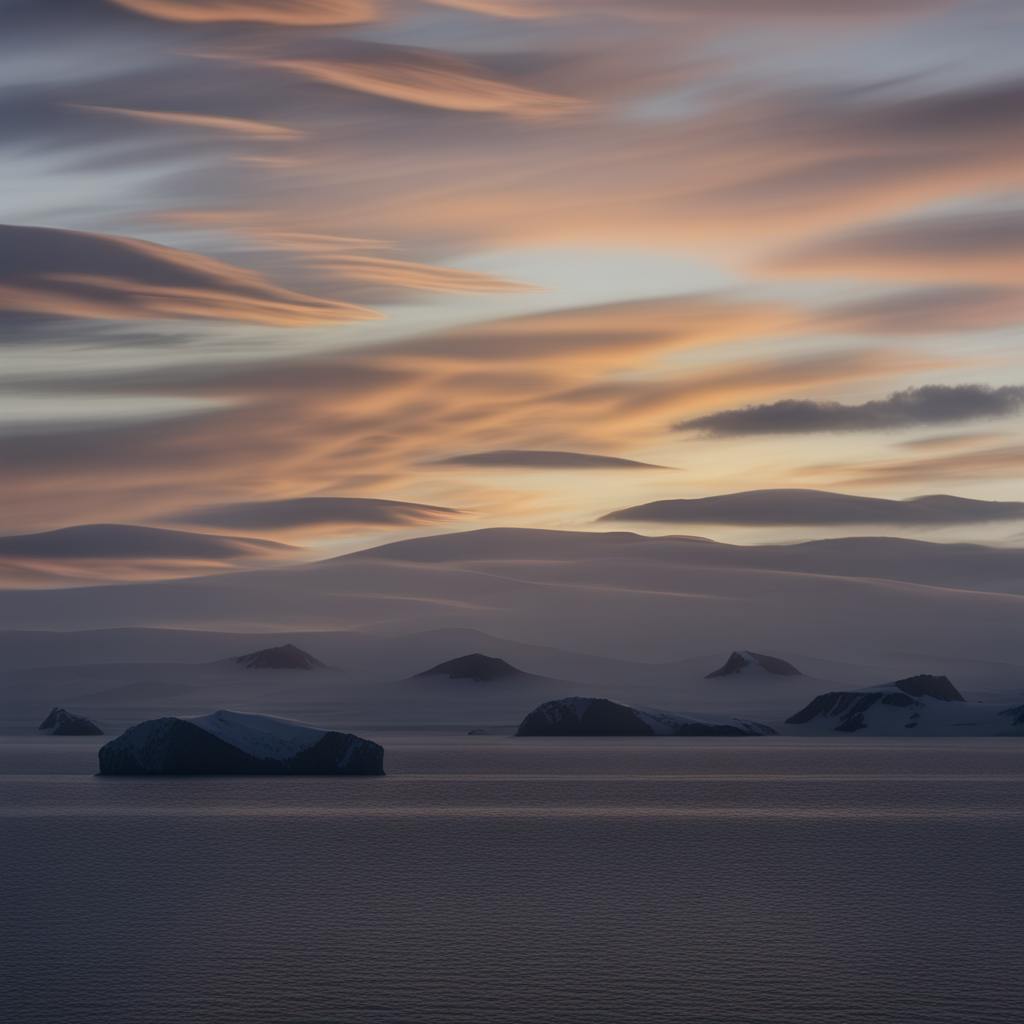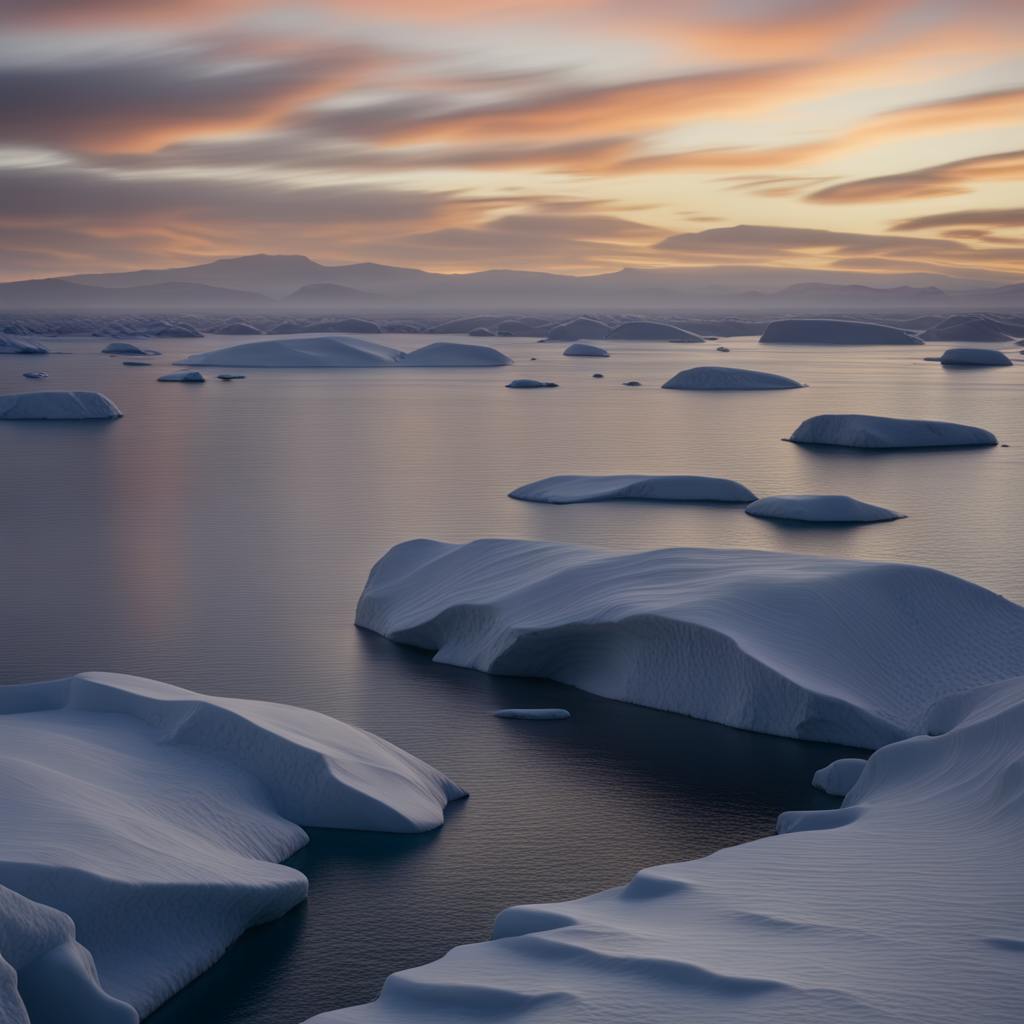Landscape art captivates the human spirit with its ability to transport viewers across time and space, providing a visual medium through which natural beauty can be both observed and contemplated. Distinct in its portrayal of the world's most breathtaking vistas, landscape art stands as a testimony to humanity’s enduring connection with nature. In this article, we will traverse the rich tapestry of landscape art, examining its evolution, significance, and the profoundly evocative nature that has made it a cornerstone of the art portfolio for countless artists throughout history.
What is Landscape Art?
Clarity of Evolution
Landscape art has evolved significantly from its nascent stages in the background of religious paintings to become a genre of its own. Historically, these depictions of land, both real and imagined, have transitioned from being mere backgrounds to the main subjects of masterpieces. The Renaissance period marked a pivotal moment where artists like Leonardo da Vinci and Albrecht Dürer began to focus more intently on the natural world, setting the stage for future explorations. During the 17th century, the Dutch and Flemish painters, such as Jacob van Ruisdael, further elevated landscape art, reflecting a burgeoning interest in natural settings amid burgeoning scientific exploration.
Conciseness in Significance
The significance of landscape art extends beyond aesthetics; it is a conduit for cultural narratives and personal expression. As industrialization reshaped societies, landscape art became a refuge and a reminder of untouched natural beauty. The Romantic artists of the 18th and 19th centuries, like J.M.W. Turner and Caspar David Friedrich, harnessed landscape art to express emotion and spiritual essence, painting scenes that were both awe-inspiring and introspective. These artworks became reflections not just of nature, but also of humanity's complex emotions and philosophies tied to the natural world.
Compelling Beauty
Across the centuries, landscape art has consistently invoked a sense of wonder, offering viewers not just a sight, but an immersive experience. The Impressionists, beginning with Claude Monet, invigorated landscape art with innovative uses of color and light, capturing the fleeting and dynamic aspects of nature. Their works invite viewers to appreciate the ephemeral beauty of the world around them. Today, contemporary artists continue to explore landscape art using varied media and techniques, ranging from digital art to environmental installations, ensuring that the genre remains as compelling and evocative as ever.

AI made with Cliff
Credibility Across Cultures
Throughout history, varying cultures have contributed their unique perspectives to the landscape art portfolio. From traditional Chinese shan shui paintings, which emphasize philosophical interpretations of nature, to Indigenous Australian art that maps the land through a spiritual lens, landscape art serves as an authentic cultural expression. This diversity underscores its universal appeal and its capacity to bridge cultural and temporal divides.
Frequently Asked Questions
What makes landscape art so timeless and appealing?
Landscape art is timeless because it connects deeply with the innate human affinity for nature. Its appeal lies in its universal themes of beauty, reflection, and the environment, offering a window into different eras and cultures, as well as personal introspection.
How has technology influenced contemporary landscape art?
Technology has expanded the possibilities for landscape art, enabling artists to create with digital tools, interactive installations, and even virtual reality experiences, thus broadening the scope and accessibility of the genre.
Why is landscape art important in an artist's portfolio?
For artists, including landscape works in their portfolio showcases versatility, technical skill, and a profound engagement with one of art's most respected genres. It demonstrates the ability to capture the essence of nature and convey personal and universal messages.
FAQ on Landscape Art
What is the historical significance of landscape art?
Landscape art has played a pivotal role in the history of art, offering a window into how humans perceive and interact with the natural world. As a genre, its historical significance is multifaceted, reflecting societal shifts, technological advancements, and changing philosophical ideas. Initially, in ancient civilizations and the medieval period, the landscape was often relegated to the background in artworks, serving as a setting for religious or mythological themes.
However, by the Renaissance, landscape began to gain importance as artists like Leonardo da Vinci and Albrecht Dürer started to explore its aesthetic and scientific qualities, complementing humanist ideals. The 17th century saw landscape art rise to prominence in the Dutch Golden Age, where artists like Jacob van Ruisdael imbued their works with both aesthetic beauty and allegorical significance, reflecting the Dutch Republic's economic and environmental conditions.
The Romantic period further elevated landscape art as a means to express emotion and the sublime, with artists such as Caspar David Friedrich and J.M.W. Turner explores its awe-inspiring aspects. This period established landscape art as a legitimate and standalone genre that allowed for personal expression and political commentary, influencing subsequent movements and underscoring humanity’s relationship with nature.
How has landscape art evolved over time?
Landscape art has evolved dramatically, mirroring shifts in artistic movements, cultural perspectives, and technological advancements. In the Renaissance, landscapes began to incorporate detailed topographical elements and were influenced by the growing study of perspective, leading to more realistic representation.
The Baroque period introduced dynamic compositions and dramatic lighting, while the Enlightenment's interest in nature led to the proliferation of pastoral and picturesque landscapes. The Romantic era emphasized emotional depth and individual experience of nature, breaking away from classical ideals.
The 19th century saw the advent of plein air painting, spurred by the Impressionists such as Claude Monet, who embraced modernity and technology (like portable paint tubes) to capture changing light conditions and fleeting moments of beauty. This period also recorded diverse geographical themes as European artists traveled widely, inspired by colonial expansion and increasing global awareness.
In the 20th century, landscape art continued to evolve with modernism and abstract art movements, as artists like Georgia O'Keeffe and Salvador Dalí reimagined landscapes with symbolic and surreal elements. Today, contemporary artists use a variety of media and techniques, from digital art to environmental and land art, challenging traditional boundaries and addressing current environmental and socio-political issues.

AI made with Cliff
What different techniques are used in landscape art?
Artists employ a range of techniques in landscape art, dictated by both medium choice and artistic intent. Traditional techniques include oil and watercolor painting, where artists use brushstrokes and color blending to capture texture and light. The layering of glazes and using impasto in oils can achieve depth and dynamism.
Drawing, especially pencil and ink, relies on line quality and shading to convey mood and detail, while engravings and etchings allow for fine details and reproducibility. Plein air techniques are vital for working outdoors, capturing immediate impressions through loose brushwork and attention to natural lighting.
Contemporary techniques range widely. Digital media allows artists to manipulate images for photorealistic or fantastical outcomes, while mixed media approaches incorporate found objects and unconventional materials to add texture or thematic depth. Photographic landscapes can range from traditional captures to edited compositions that question reality.
Environmental and land art involve transforming the physical landscape itself, as seen in works by artists like Andy Goldsworthy, creating ephemeral installations that interact with natural elements over time.
How does landscape art capture the beauty of various places around the world?
Landscape art transcends mere representation, capturing not only the visual splendor of diverse locales but also their essence and spirit. Artists achieve this by skillfully manipulating elements such as color, light, perspective, and composition to evoke a sense of place.
In doing so, they often highlight unique geographical features, climatic conditions, and cultural contexts that inform a location’s identity. For instance, the delicate manipulation of color transitions in a sunset scene can evoke the tranquil beauty of a coastal landscape, while the use of strong contrasts and dramatic shapes might emphasize the rugged majesty of a mountain range.
Moreover, landscape art often reflects cultural interpretations and spiritual connections to place, as seen in traditional East Asian ink landscapes that convey the harmony between humanity and nature through minimalist forms and compositions.
In modern and contemporary contexts, the focus may shift to capturing environmental issues or the impact of human activity, broadening the narrative of landscape art to include commentary on preservation and sustainability. By doing so, landscape artists not only memorialize beauty but also invite reflection and appreciation of our planet's varied landscapes.
Conclusion
The journey through landscape art is one of continuous evolution, rich cultural narratives, and endless beauty. From its historical roots to its contemporary manifestations, landscape art remains an evocative and essential element of artistic expression, emphasizing the symbiotic relationship between humanity and the natural world.
As both an art historian and critic, one can appreciate landscape art for its enduring power to communicate and inspire, ensuring it remains a vital component of the global art portfolio. Its allure lies not only in the scenes depicted but in the emotions and ideas they evoke, encouraging viewers to ponder their own place within the grand tapestry of life.

